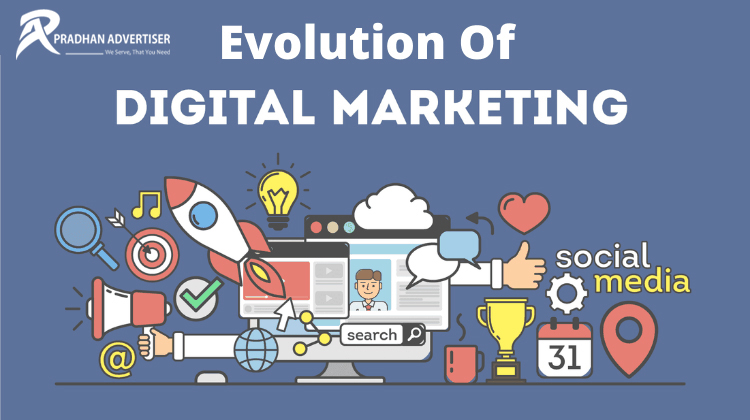- Have any query
- +91 8763 781 333
Effective Out-of-Home Advertising Strategies for a Powerful Return on Your Marketing Investment

THE EFFICIENCY OF DIGITAL MARKETING: HOW TO GET THE MOST OUT OF YOUR MARKETING STRATEGY
September 4, 2022
OUTDOOR ADVERTISING IN INDIA: GROWTH, TRENDS, AND FUTURE OUTLOOK
July 6, 2023Effective Out-of-Home Advertising Strategies for a Powerful Return on Your Marketing Investment
Out-of-home advertising is a powerful, cost-effective way to reach your target audience. It’s also a crowded space with plenty of competition. To stand out from the pack, you need an OOH marketing strategy that gets results. Whether you’re new to OOH advertising or looking for new ways to invest in this channel, these out-of-home advertising tips will help you get more bang for your buck. Sending the message that your brand is targeting Millennials (and not Boomers) might be difficult for some companies because the general belief is that OOH advertising works best for older audiences; however, this isn’t always true. To help you get the most from your OOH marketing strategy, here are seven effective strategies and tips on how to make them work even better.
Ensure Your OOH Strategy Meets Your Brand’s Goals:-

The first and most important step in developing a successful OOH advertising strategy is ensuring that it meets your brand’s overall marketing goals. Before you jump into OOH, make sure you’ve assessed your goals and have a plan in place to meet them. What goals could you accomplish with OOH advertising? You could drive foot traffic to stores or locations, increase brand awareness, drive sales, engage customers, or even generate leads.
If you’re still not sure how OOH could work for your brand, ask yourself these questions: Why does your brand exist? What does it want to achieve? What are the biggest challenges you face? How can OOH help solve those challenges? What is your brand’s story? What value does it provide to customers? What are the key messages you want to communicate to them? What are your strengths? What are your weaknesses? How can you improve your brand image? What metrics will you measure to measure the success of your OOH marketing strategy?
2-for-1 advertising strategy:-
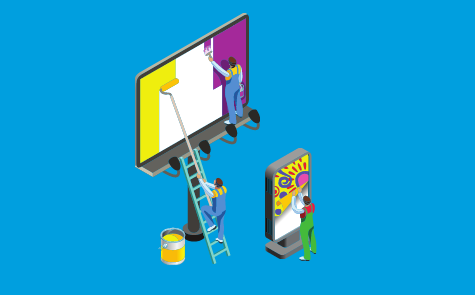
A 2-for-1 advertising strategy is when you buy double the amount of impressions you actually need. This way, you can use the extra impressions to repurpose your ad to reach a new audience. For example, if your initial plan is to run your ad during morning rush hour, you could use the extra impressions to run it in the evening rush hour as well. This strategy can help you reach a broader audience. A broader reach can help you find new customers, increase sales, and boost your brand recognition.
Define your audience and know your metrics:-

It’s important to define your audience and have a thorough understanding of your metrics. Knowing who your audience is and what metrics are most important to your business will help you make better decisions when it comes to investing in OOH. This will also help you select the right channels for your OOH marketing strategy. They say that you should write for your audience, not for yourself, so put yourself in their shoes and ask yourself these questions:
Who are your customers? Where do they live? What are their interests and hobbies? What are their concerns? What would they like to achieve? What words or phrases would they use to describe themselves? What are some common misconceptions about your brand or audience? What are your customer’s demographics? What are their psychographics and lifestyles? What are some of their pain points? What are their purchasing habits? Who are your competitors? How are they marketing themselves? What are the common misconceptions about them? What are your customers’ thoughts on your competitors? Double check that you’re using the right metrics to measure success. What are you trying to achieve with your OOH marketing strategy? Is it to drive brand awareness, generate leads, drive foot traffic, or increase sales? Make sure you’re measuring the right things so you can make adjustments where necessary.
Co-op advertising:-
What is Co-Op Advertising?
Cooperative advertising is when a business or brand who wishes to advertise, whether it be via radio, print, television, or digital, partners with a manufacturer of a product that they sell, and runs ads with that product in it. The manufacturer will then pay for some, or all, of the advertising which includes their product. These partnerships can vary in scale from small name mentions to full ads with their product taking center stage.

An example of a co-op between McDonalds and Coca-Cola.
A co-op advertising campaign involves buying ads from other companies that have partnered together. You can then add your logo to the ads to make it look like you’re sponsoring them. Co-op advertising can be a cost-effective way to get your ads in front of a larger audience. You might want to consider participating in co-op advertising if you’re targeting a specific region or city. You can find co-op ads at OOH advertising companies, such as Out of Home Ads.
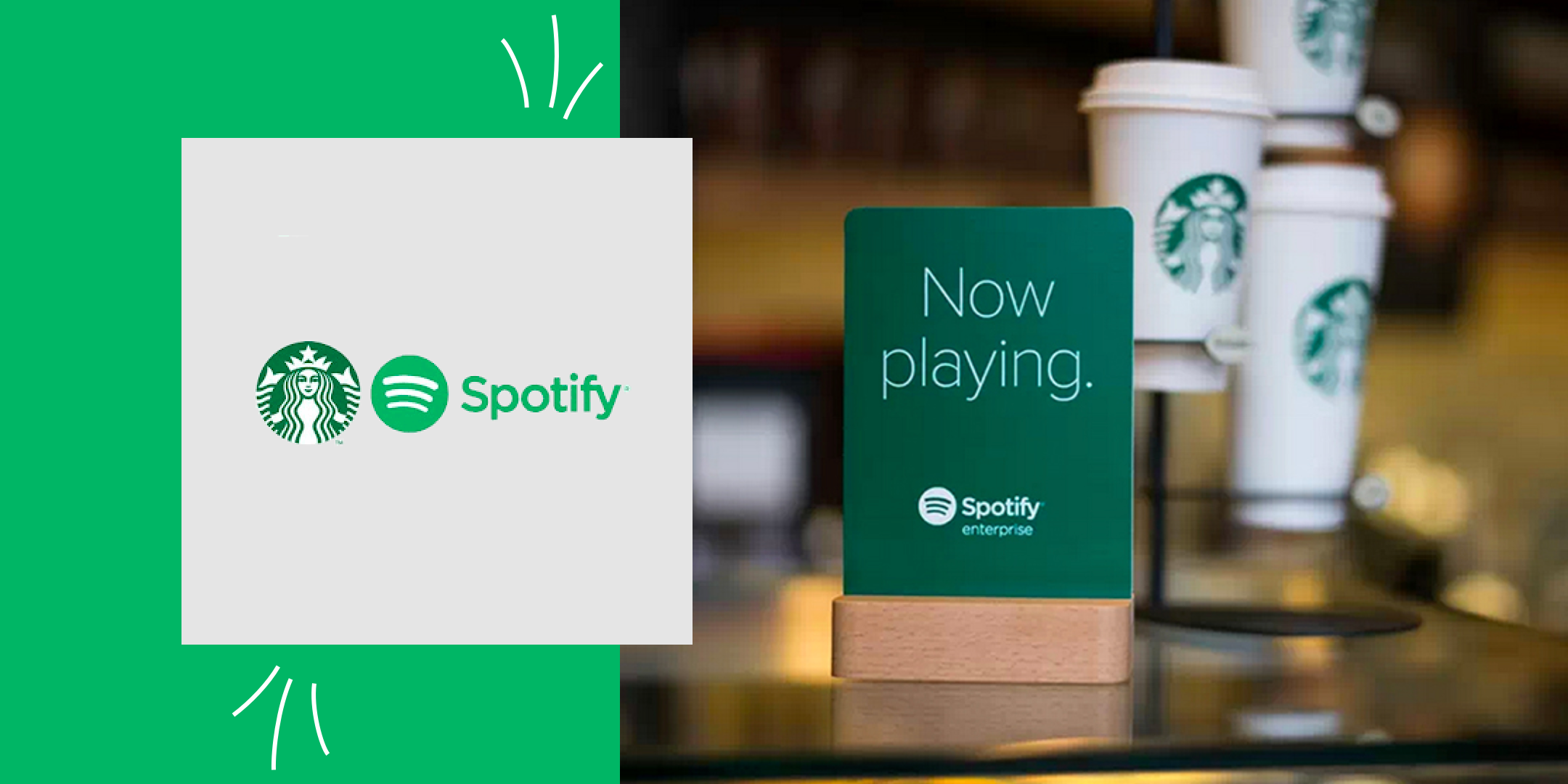
An example of a co-op between Starbucks and Spotify.
Don’t forget to include video:-

Today’s consumers are visual learners who are more likely to take action after watching a video than reading text. OOH ads featuring video can provide more information, elicit more emotions, and keep viewers’ attention longer than static ads.
Studies have shown that OOH ads with video drive higher brand awareness and purchase interest than OOH ads without video. What’s more, OOH ads with video are 42% more memorable than static ads.
If you’re still not convinced that you should include video in your OOH ads, consider the fact that 78% of internet users watch videos online. Video is also the top content marketing strategy and leads to higher engagement and interaction compared to static content. This is why OOH video ads are so effective, especially among Millennials and Generation Z.
If you’re not sure where to start, these are some best practices to keep in mind when creating OOH ads with video: Keep your videos short. Most consumers don’t want to watch a long video ad on a street corner. They want to be able to glance at it for a few seconds and then move on with their day. Keep your videos simple and to the point. Don’t try to cram everything into one ad.
Leverage brand partnerships:-

If your industry has trade associations or other organizations that represent your target customers, consider reaching out to them to explore brand partnerships. You can offer to support their events or promotions with your OOH advertising dollars in exchange for recognition or space for your advertisements. One brand partnership idea is to work with a public transportation company near your business location to put up an ad. Another is to partner with a restaurant or cafe near your business to put up an ad on their sidewalk sign.
Try out different ad units:-
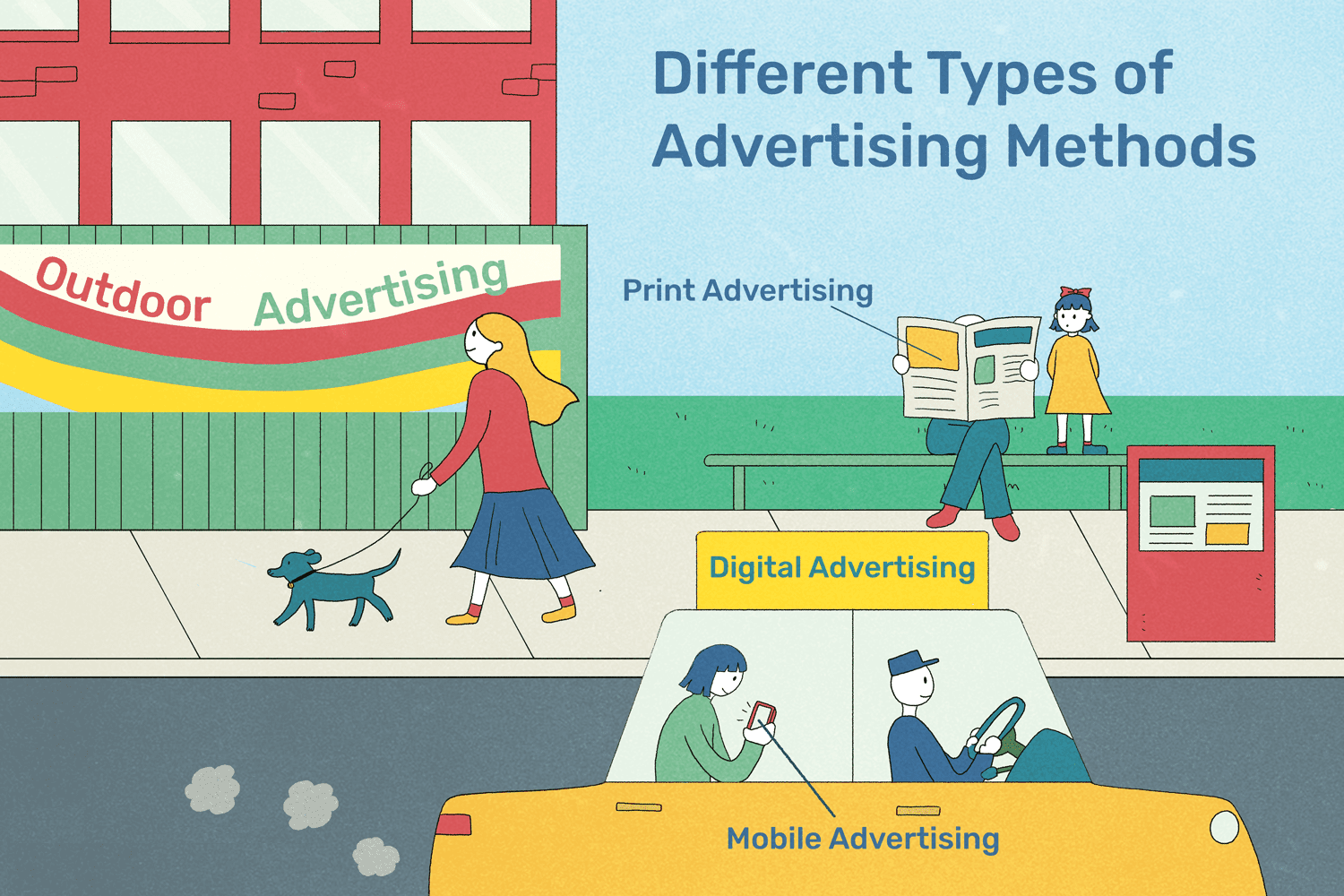
Depending on your brand’s goals, you might want to experiment with different OOH ad units to find the ones that work best for you. While billboards and poster ads are typically more effective for driving foot traffic to a physical location, transit and taxi ads are more effective for brand awareness.
A lot of brands are investing in digital out-of-home advertising, or DOOH, which allows you to reach consumers with real-time advertising in unexpected locations such as televisions, digital signs, or computers.
If you’re still not sure which OOH ad unit would work best for your brand, consider these factors: The format of the ad, the type of ad, and the location of the ad.
Find the right partners:-

Choosing the right partners can help you make the most of your OOH investment. Whether you’re looking for a media buyer, creative agency, or placement agency, make sure it’s a partner that will meet your needs. For example, if you want a partner that specializes in OOH marketing and has an in-depth knowledge of this channel, you should consider an OOH specialist. If you want a partner that has experience in a specific region, make sure you’re clear about that upfront so you can select the best partners for your campaign.
What are some things to look for when selecting a partner? Experience, reputation, portfolio, and references are important factors to consider. What value will the partner be able to bring to the table? Is the partner a good cultural fit for your company? How can they help you achieve your goals?
Use geo-targeting and geofencing:-
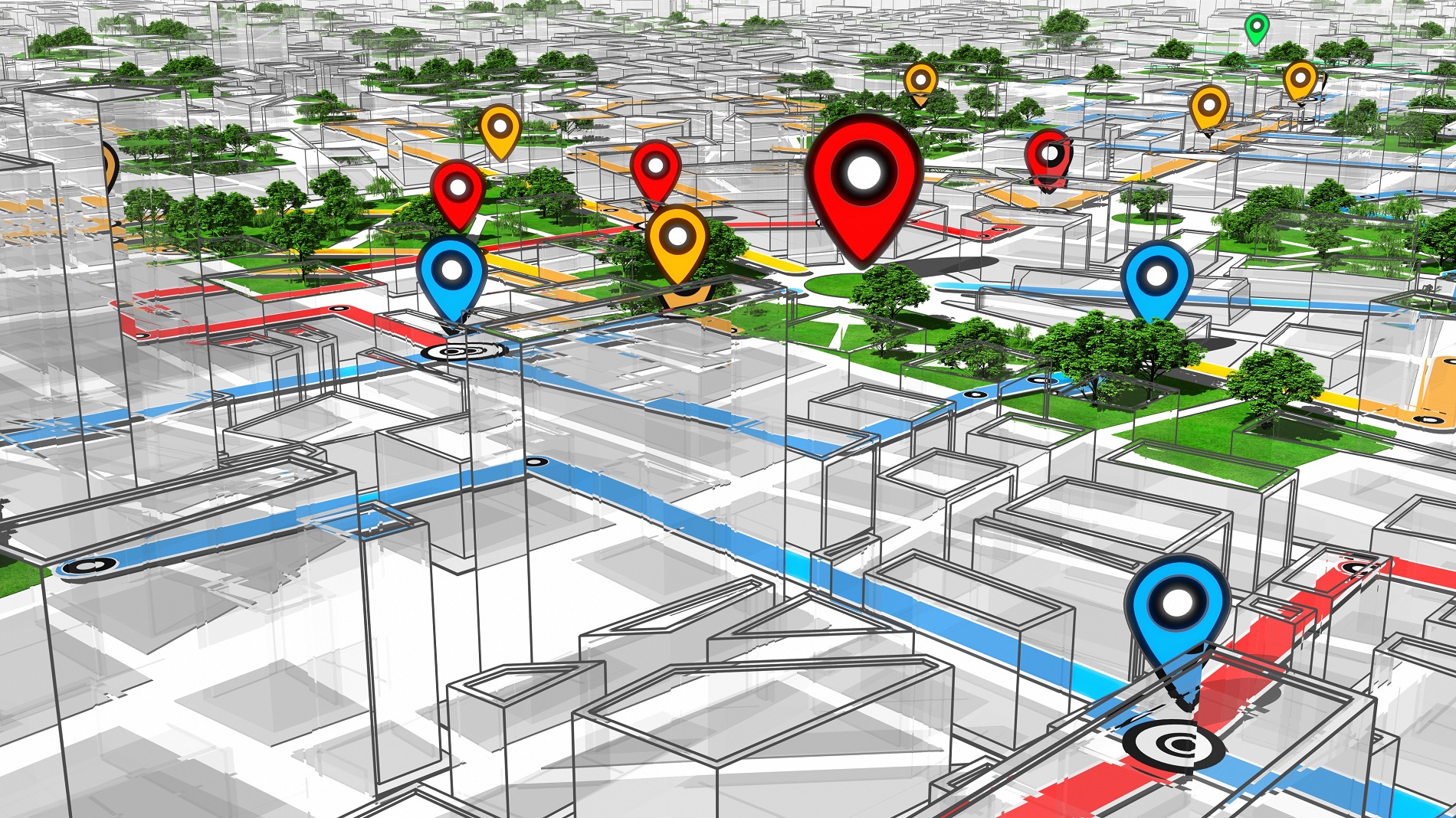
Geo-targeting is a useful strategy for improving campaign performance. You can use it to deliver specific OOH ads to audiences in specific locations. For example, if you want to drive foot traffic to a nearby store, you could target people within a certain distance of that store. Similarly, if you want to target people in a specific city or town, you can use geo-targeting to show your ads only to people in that area.
Geo-targeting and geofencing are strategies that let you target specific areas based on geographical data. For example, if you’re a florist, you could geo-target areas that have a lot of office buildings. You could also geo-target areas around grocery stores and big box retail stores. With geofencing, you can create a virtual fence around a specific area. It allows you to show your ads to people who are in the area. Geo-targeting and geofencing are especially helpful because they allow you to get your ads in front of people who aren’t nearby. Doing so can help you grow your business even if your customers aren’t walking right by your store.
Utilize digital touch points to extend your OOH ad’s reach:-

Digital touch points are places where you have a digital presence, such as your website, social media pages, email, or a mobile app. You can use these digital touch points to extend the reach of your OOH advertising by directing people to your website or social media pages where your OOH ad is featured. You can also use your website, social media pages, or email to link to your OOH ad. This can help you convert people who are interested in your OOH ad even though they aren’t able to see it in person. Converting people who’ve seen your OOH advertising is an important part of your OOH marketing strategy.
Commit to a frequency strategy:-

A frequency strategy is the number of times you show your OOH ad in a given period of time. For example, if you’re a gyms, you might commit to showing your OOH ad every other week. A frequency strategy is helpful because it gives your ads more time to stay in people’s minds. If you have a good frequency strategy, you’ll have people thinking about your ads every so often. This can help you build your brand recognition.
Takeaway:-
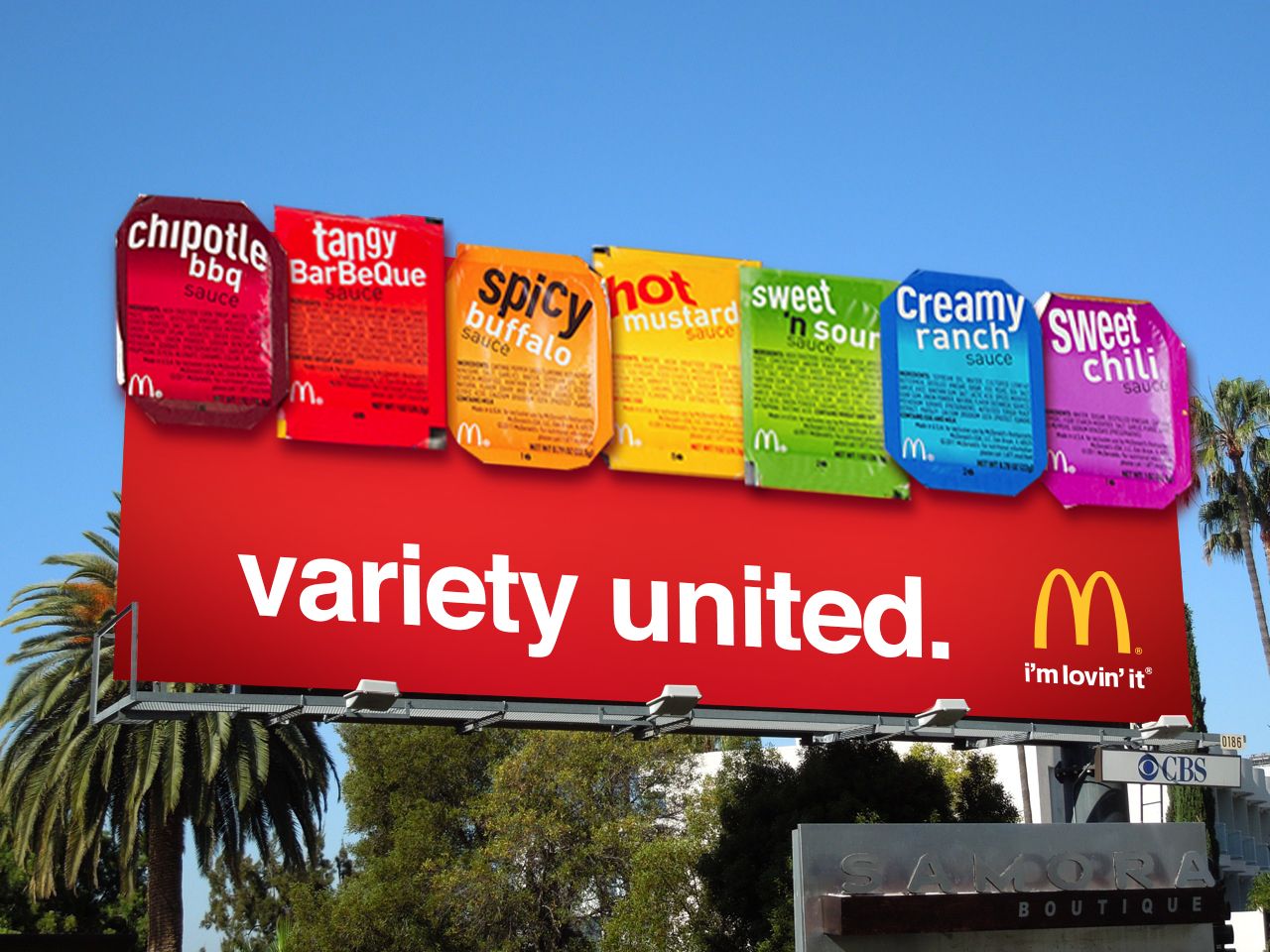
Out-of-home advertising has been around for years and is one of the most reliable and cost-effective ways to reach your target audience. And while it’s true that billboards and posters typically reach older consumers, there are other OOH advertising options, such as digital signs, that are more likely to appeal to younger audiences.
With a strategic OOH advertising campaign, you can increase your brand awareness, drive foot traffic to your store or location, generate leads, and even drive sales. To create an effective campaign, make sure to choose the right channels, select the best partners, and use geo-targeting to deliver ads to specific audiences in their localities.
Conclusion:-
Out-of-home advertising is a cost-effective way to reach your target audience. To make the most of OOH advertising, consider these out-of-home advertising tips, including 2-for-1 advertising, co-op advertising, brand partnerships, geo-targeting and geofencing, digital touch points, and a frequency strategy. These strategies will help you reach more people, grow your business, and make the most of your OOH advertising investment.






